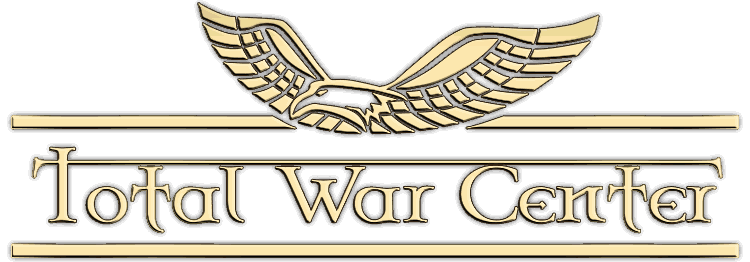
Originally Posted by
Common Soldier

I know tne Muslim forces shown i the siege of Constantinople are shown wearing armor, but that could be the artist just showing the Muslim soldiers what he assumed they would look like based on what a comparable Christian soldier would be, and so might not be an accurate rendering of what the Muslim soldier actually looked like?
I don't know about Al Andalus, but if you're talking about further east, armored Muslims would probably be difficult to identify as such in illustrations.
For example, the core of this kazaghand is mail:
That's a Fifteenth Century example, but they were worn centuries earlier according to textual evidence back at least as far as the Fatimid period. Usama ibn Munqidh described his kazaghand as containing two layers of mail.
Fatimid sources refer to soldiers being issued a quilted jubbah as armor with or without a layer of mail. A jubbah means this today (so presumably they were of a similar pattern):
The best quality were said to be faced with a layer of silk.






 Reply With Quote
Reply With Quote





















